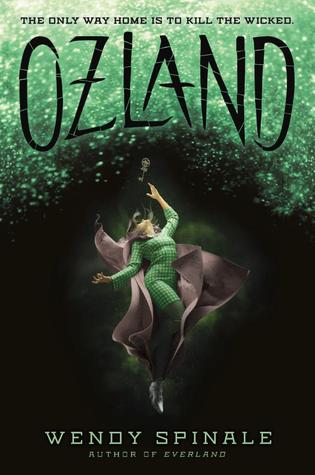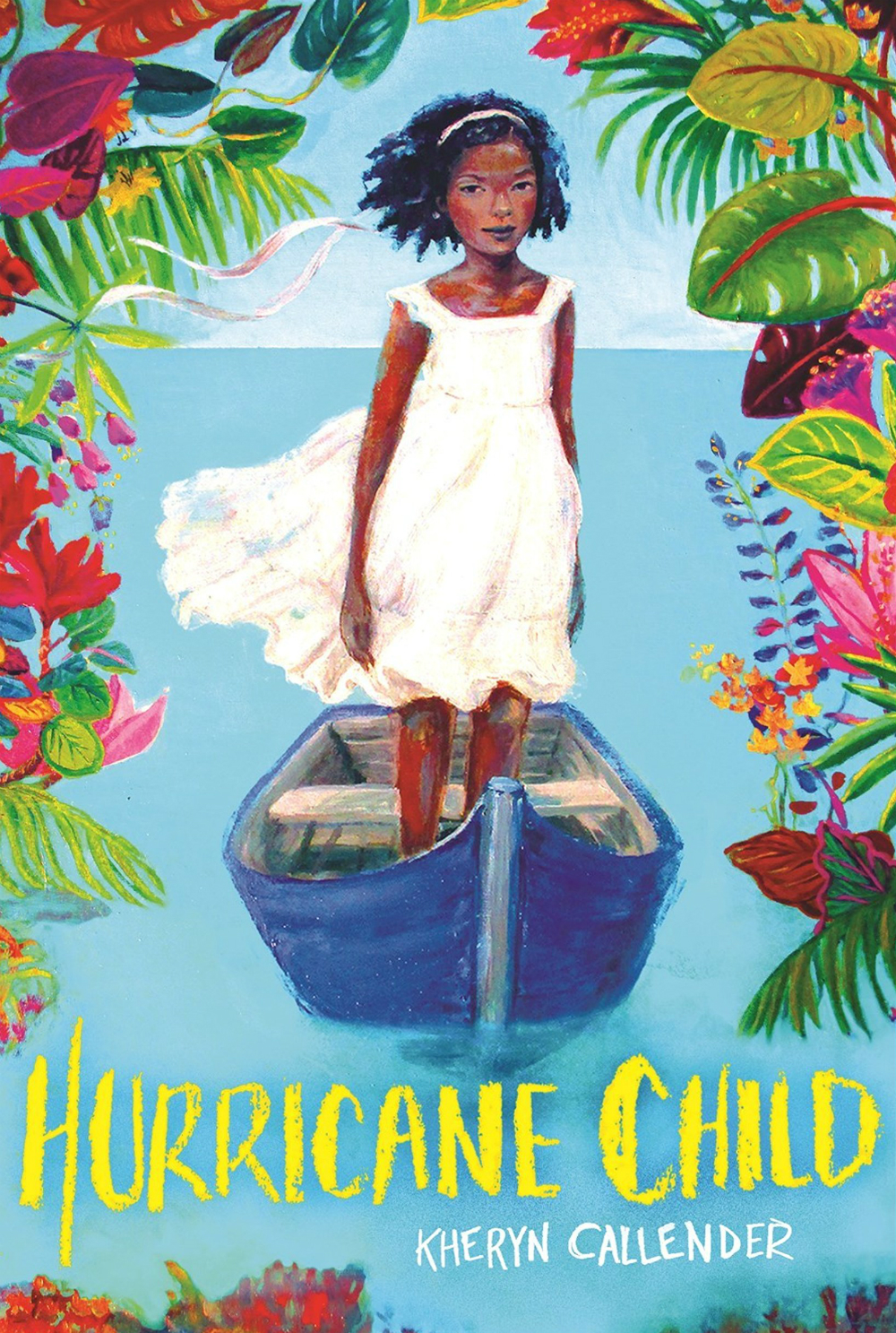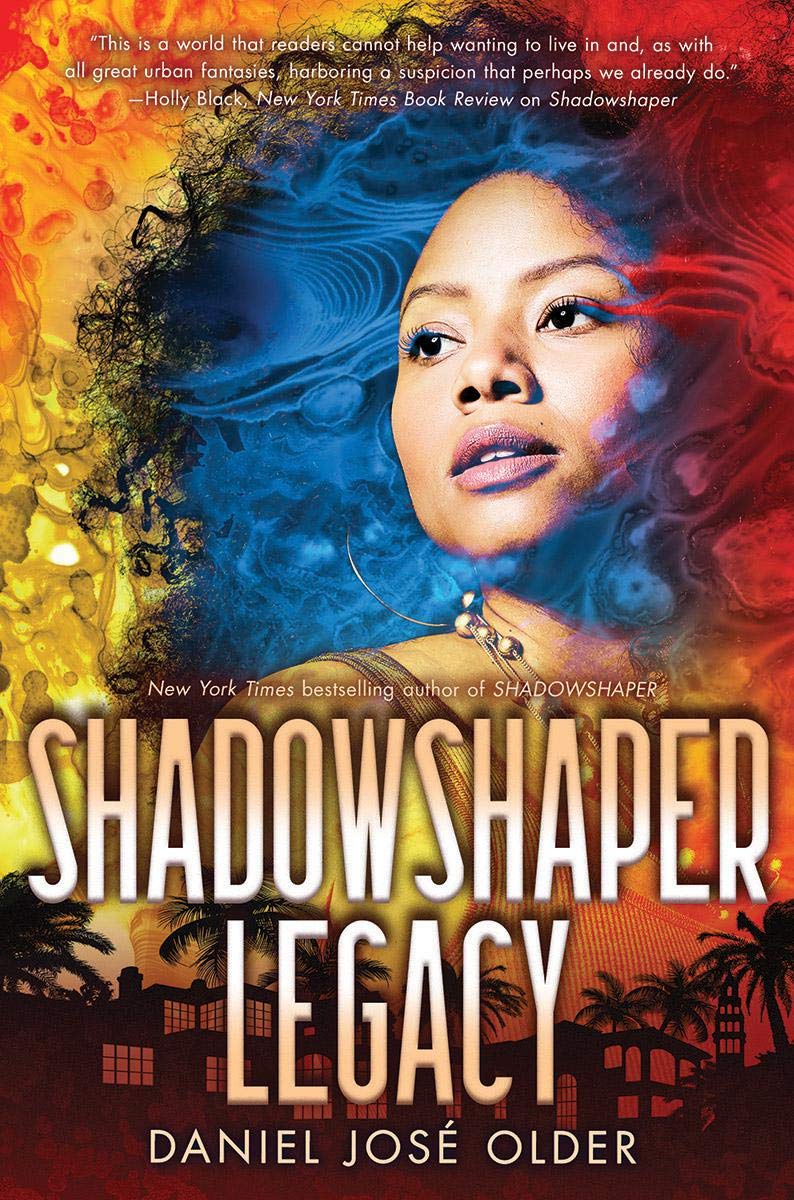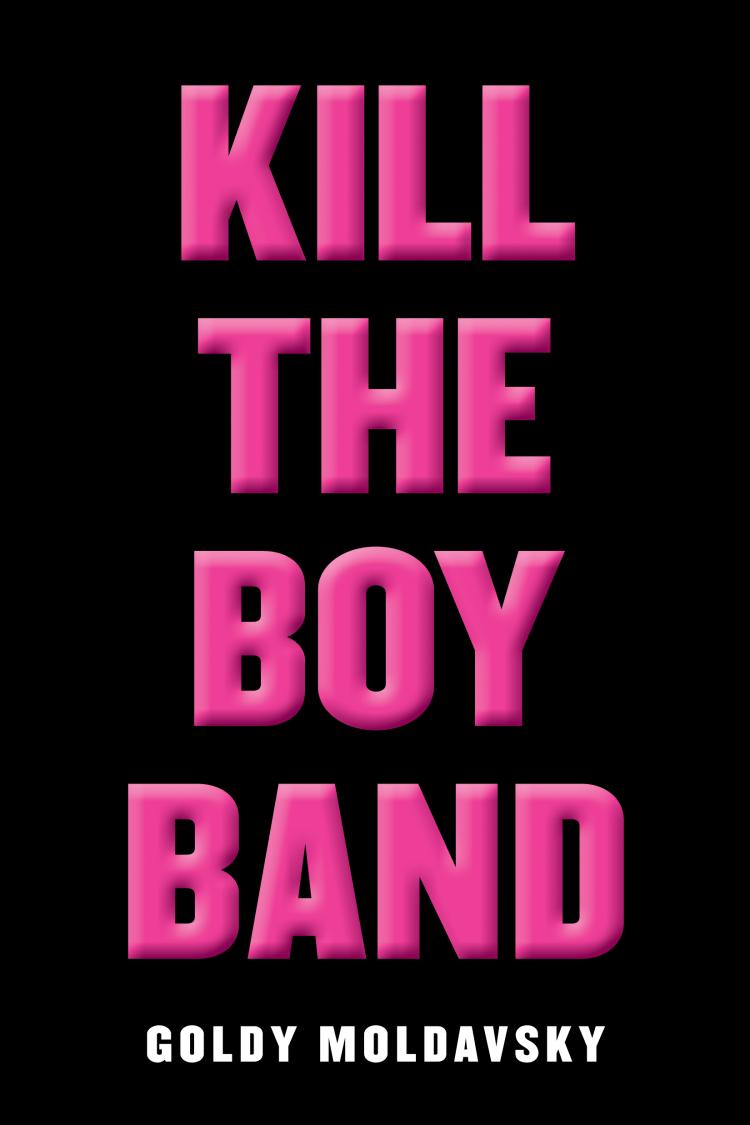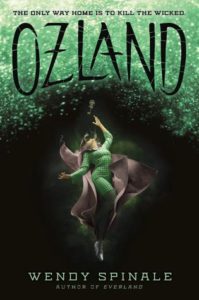 In Ozland, the third and final installment in Wendy Spinale’s Everland trilogy, what’s left of the Lost Boys and their allies continue to weather the gruesome effects of the Bloodred Queen’s virus. They are searching for King Osbourne, hoping that bringing back the rightful King can check the Queen’s rising power. When several of the remaining Lost Boys are captured, it’s up to Gail (Ozland’s version of Dorothy Gale from The Wizard of Oz) to find him.
In Ozland, the third and final installment in Wendy Spinale’s Everland trilogy, what’s left of the Lost Boys and their allies continue to weather the gruesome effects of the Bloodred Queen’s virus. They are searching for King Osbourne, hoping that bringing back the rightful King can check the Queen’s rising power. When several of the remaining Lost Boys are captured, it’s up to Gail (Ozland’s version of Dorothy Gale from The Wizard of Oz) to find him.
Although I really enjoyed the first book in the series, Everland, my confidence in the series was starting to wane by Book 2. My main problem with Umberland is that it switched POV characters in a drastic way, shunting the characters we had come to root for in the first book off to the side and re-introducing us to a new cast. I felt the story itself wasn’t compelling enough to survive this rupture from the first book, and this problem is only compounded in Ozland.
In the third book, not one but two sets of characters we had previously followed are relegated to supporting-actor-land. As with Umberland, former protagonists Pete, Gwen, and Alyssa are still around, but the focus of the story has shifted to someone new. And again, without likeable and consistent characters to root for, I had a really hard time being interested in the story. It doesn’t help that several of the people that the previous books spent a significant amount of time trying to save are killed within the first 50 or so pages. Really, they aren’t even properly killed – it’s just mentioned that they happen to have died! Whatever the intended effect of this choice, it didn’t make me sad or more invested in reading about the Bloodred Queen’s downfall; it just made me wonder why I was still reading this book.
I know that’s a pretty harsh take, so I want to end the review on some positive notes. If you still enjoyed Spinale’s storytelling through Umberland, Ozland should be just as fun and engaging for you. The very things that bother me about this book might be why some others like it, so don’t let me discourage you from finding out how the series ends. Another possibility is that readers who are just now picking up Everland for the first time, and have the opportunity to read all three books straight through, might not be as bothered by the change of protagonists and the ongoing slog of their predicament. If you can read through them fast, I can imagine it might be a whirlwind re-imagining of classic children’s stories for fans of dystopia. But after waiting two years to see how it all ends, I was disappointed to find that I just didn’t care.
A copy of this book was provided by the publisher for review.

